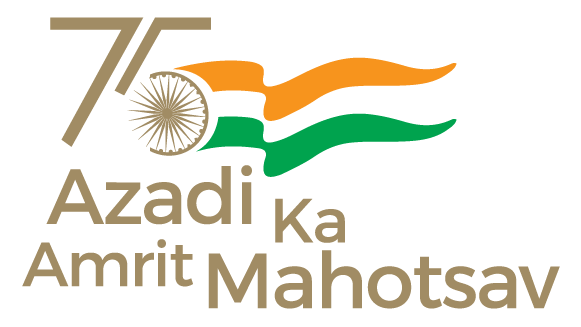Ministry of New and Renewable Energy

Make in India Powers Energy Transition: Fuels renewable energy equipment boom
India’s solar PV module manufacturing capacity increases from 2.3 GW to 67 GW under 10 years of Make In India
Posted On: 25 SEP 2024 6:39PM by PIB Delhi
As “Make in India” initiative of Government of India completes 10 years, it has been proven to be a driving force in promoting investment, fostering innovation, and building world-class infrastructure to transform India into a hub for manufacturing, design, and innovation. It continues to play a pivotal role in developing a robust manufacturing sector for renewable energy in the country. One of the key focuses of the Government is to support and incentivize domestic manufacturing in the renewable energy sector. The renewable energy equipment manufacturing sector in India is well-positioned to meet domestic demand and serve the global market through exports, establishing India as a key player in the renewable energy manufacturing space.
Union Minister for New and Renewable Energy Shri Pralhad Joshi posted on X ” India’s renewable energy sector has contributed immensely to the #10YearsOfMakeInIndia. From PLI to VGF, we are extending all possible support to our domestic industries. We are committed to establishing India as a major global player in the complete value chain of clean energy solutions.”
Measures taken to promote domestic renewable energy equipment manfacturing
Several measures have been taken by the Union Government to promote the domestic manufacturing of renewable energy equipment, such as solar PV modules, cells, and upstream components like ingots, wafers, and polysilicon. These efforts also include the manufacturing of wind turbines, electrolysers for green hydrogen production, and battery energy storage systems for utility-scale electricity storage applications.
The Government’s efforts span financial, fiscal, and policy measures aimed at bolstering domestic production. Financial incentives include the Production Linked Incentive (PLI) scheme for setting up fully or partially integrated manufacturing units for solar PV modules and upstream components. Additional support measures include Viability Gap Funding (VGF) for stationary Battery Energy Storage System projects and incentives for manufacturing electrolysers and green hydrogen production under the National Green Hydrogen Mission. Fiscal incentives include concessional customs duties on inputs required for domestic manufacturing, waivers on import duties for specific capital goods needed for solar PV cell and module production, and impositions of basic customs duties on imports of solar PV modules, cells, and inverters.
Under Union Minister for New and Renewable Energy Shri Pralhad Joshi, policy measures have been taken through provisions such as the Domestic Content Requirement (DCR) in schemes like PM Surya Ghar: Muft Bijli Yojana, PM-KUSUM, and CPSU Scheme Phase-II, where Government subsidies are provided. Other policies include linking PLI amounts to local value addition, Quality Control Orders for solar equipment, and approved lists of models and manufacturers for solar and wind technologies.
Boost to Solar PV manufacturing
Solar PV manufacturing remains a significant focus of the Government’s efforts. The Government is committed to making India self-reliant (Atmanirbhar) in solar PV manufacturing and establishing India as a major player in the global value chain. This commitment is demonstrated by the Rs. 24,000 crores outlay for the PLI Scheme for High-Efficiency Solar PV Modules and additional policy interventions, such as the imposition of basic customs duties and domestic content requirements.
Since 2014, India’s installed solar PV module manufacturing capacity has grown from 2.3 GW to approximately 67 GW, thanks to various measures under the “Make in India” initiative. This increase makes India capable of meeting domestic demand while also catering to exports. The country has seen rapid growth in solar PV module production capacity, jumping from 8 GW in 2021 to 67 GW per year in the last 3.5 years alone.
Furthermore, over 48 GW of fully or partially integrated solar PV module manufacturing projects are currently under implementation under the solar PLI scheme. Once completed, these projects will attract an investment of approximately Rs. 1.1 lakh crores and create direct employment for around 45,000 people. The solar PLI scheme will also bring cutting-edge solar PV module manufacturing technology to India, reducing the country’s dependence on imports. With the solar PLI scheme and the Government’s supportive policy framework, India is projected to achieve 100 GW per year of solar module production capacity by 2026, which will not only satisfy domestic demand but also contribute to earning foreign exchange through exports.
India’s renewable energy sector has contributed immensely to the #10YearsOfMakeInIndia. From PLI to VGF, we are extending all possible support to our domestic industries. We are committed to establishing India as a major global player in the complete value chain of clean energy… pic.twitter.com/OE4iHjI0ee
— Pralhad Joshi (@JoshiPralhad) September 25, 2024
***
Navin Sreejith
(Release ID: 2058735) Visitor Counter : 324





































